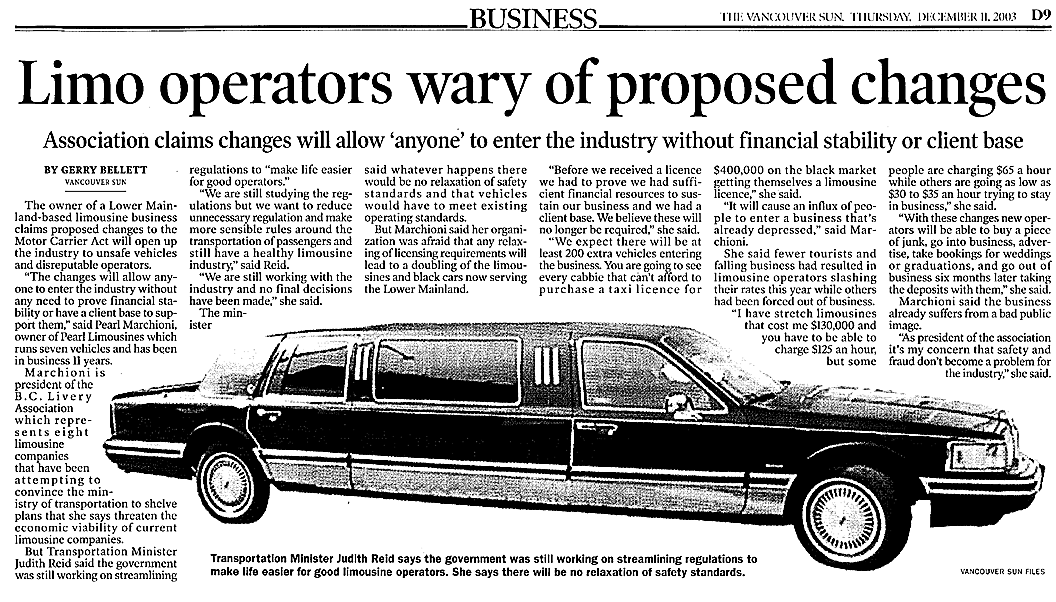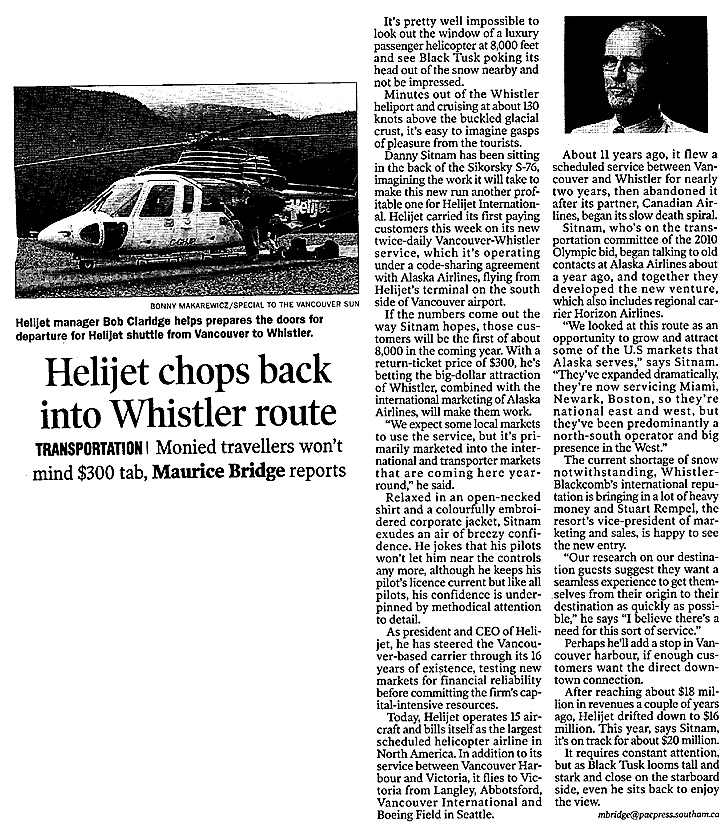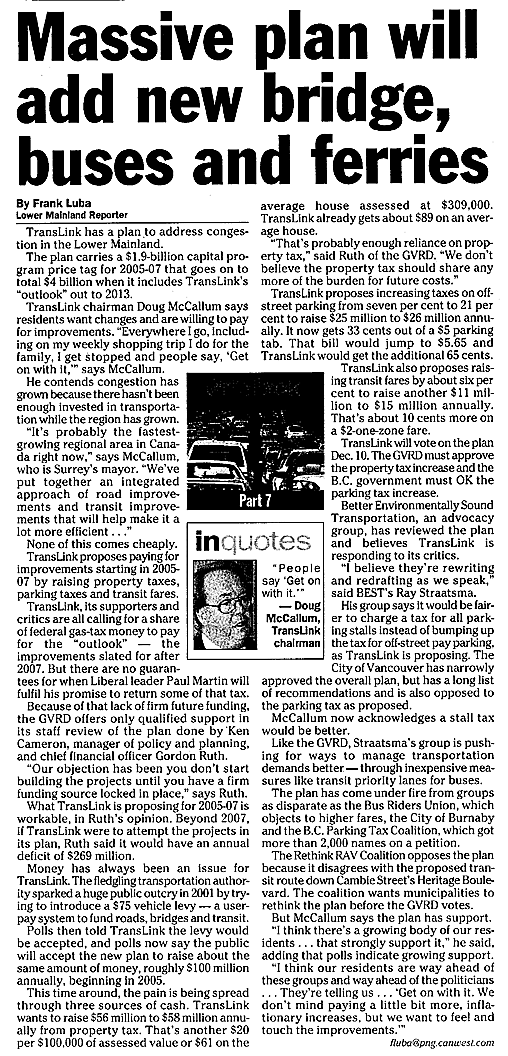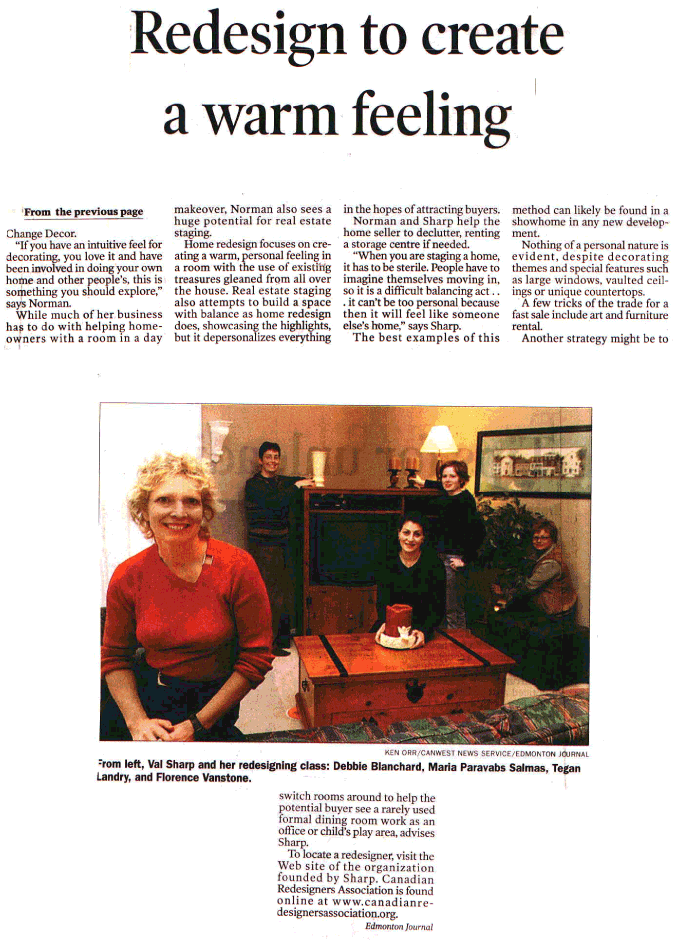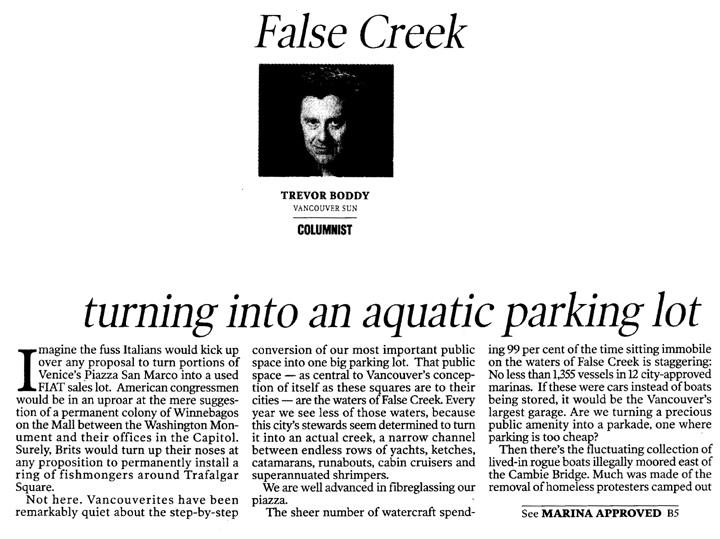The sector is more stable than leisure travel, say hotels and tourism industry members
Bruce Constantineau
Sun

Stuart Davis, Vancouver Sun files / Remember the Shriners? Kenneth Smith, imperial potentate of the Gizeh Temple, brought the huge convention to Vancouver in the summer of 2002. It was estimated at the time that this meeting alone brought in 15,000 delegates and their families, who spent more than $28 million in the city.
The number of international meetings held in Vancouver shot up by 70 per cent last year — the highest percentage increase of any North American city, according to a Union of International Associations report.
The report said the number of international organizations holding meetings in Vancouver rose from 33 in 2001 to 56 last year, as the meetings sector rebounded from the downturn caused by the September 2001 terrorist attacks.
“Canadian cities benefit from being a North American location without some of the political and security issues associated with the U.S.,” said Convention Centres of Canada executive director Rod Cameron.
“And a lot of U.S. groups don’t want to travel overseas now, so Canada is a good option for them as well.”
The report said the number of international meetings held in Montreal rose by 61 per cent last year (from 54 to 87) while the number of meetings in Toronto increased by 37 per cent (from 35 to 48). The number of meetings in Seattle dropped from 27 in 2001 to 24 last year.
The UIA report centres on meetings sponsored or organized by international organizations.
Vancouver Convention & Exhibition Centre general manager Barbara Maple said business at the convention centre dropped off only slightly following the terrorist attacks. The number of annual delegate days at the centre fell from 194,000 to 169,000 after 9/11 but it rebounded to more than 206,000 for the 12 months ending in March of this year.
Maple noted meeting and convention business is traditionally more stable than leisure travel, which dropped off substantially last year.
“Associations have annual meetings and it’s usually in their bylaws that they have to have them,” she said. “They obviously have a choice of where they can go but they can’t just choose to not have one.
“That’s why the business is more stable and less affected by outside events. We had a few meetings postponed this year [because of the SARS scare] but they usually come back.”
Maple noted the long-term planning associated with booking conventions makes it a steadier and more predictable business. VCEC officials now are looking to book business for 2010 and beyond, she said.
A recent PricewaterhouseCoopers study said the downturn in global leisure travel has made the meetings and conventions business a more important tourism industry revenue source than ever before.
The study said that before 2000, convention business accounted for 18 per cent of the revenue and 20 per cent of the profits of U.S. hotels. But those figures rose to 23 per cent and 27 per cent respectively last year when the downturn in leisure travel caused U.S. hotel occupancy rates to hit their lowest levels in 31 years.
Westin Bayshore Resort & Marina general manager Mark Andrew agrees that group and meeting business is more predictable than leisure travel and said meeting business at the hotel has bounced back strongly in recent months.
“We’ve had a steady climb in conference business year over year and that business has basically doubled [since a $50 million renovation was completed in 2000],” he said. “I could always ask for more but I’m very happy with the way it’s trending.”
Westin Grand Hotel general manager Stephen Darling said Vancouver is very fortunate to have a diversified tourism marketplace that generates business from many sources — including corporate, leisure, convention, film business and others.
“Seattle has relatively little leisure travel in their whole makeup,” he said. “They’re strong on conventions and strong on corporate travel, particularly related to Microsoft and Boeing, but there’s not as much leisure business.”
© Copyright 2003 Vancouver Sun


